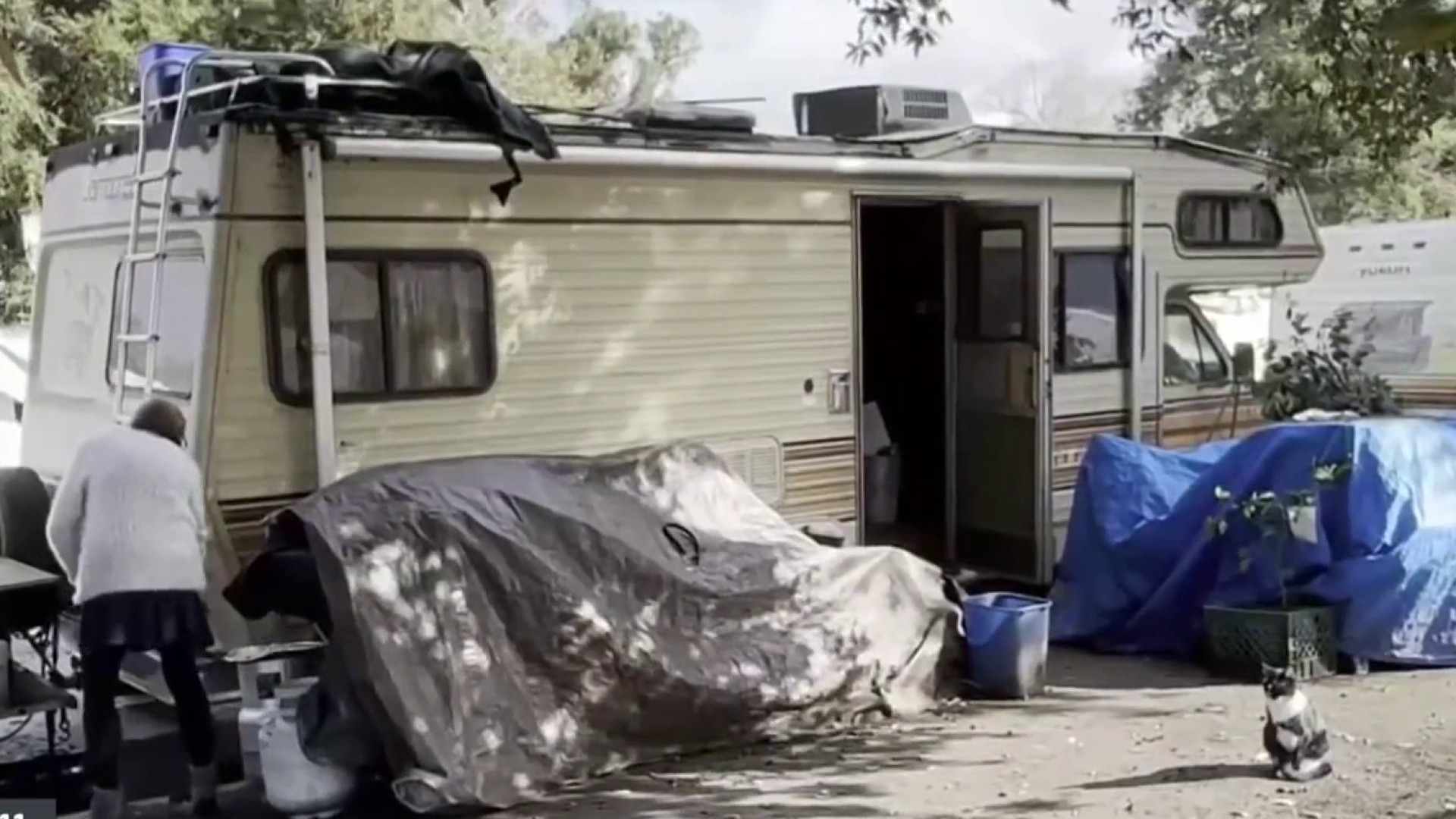California is in the midst of a massive overhaul of its aging, landline-based 911 emergency call system, with project leaders promising the ground-breaking “Next Generation 911” (NG911) network will suffer fewer outages, deliver improved location accuracy, and better connect more than 440 emergency call centers across the state.
At the project’s outset, the California Governor’s Office of Emergency Services (Cal OES) estimated that every dispatch center across the state would be hooked up to the new system by 2021, costing Californians roughly $300 million through their monthly phone fees. Every dispatch center would be interconnected, allowing for improved cooperation during a crisis. They would see other benefits from the upgrade as well, including the ability to receive photos and videos from callers.
While state leaders and contractors working on the new network insist the project is on track, its price tag has reached nearly a half-billion dollars and counting, only a handful of dispatch centers are fully integrated with the NG911 network, and the governor’s office just let go of the project’s main visionary and architect, though officials have refused to disclose why.
After inside sources first sounded the alarm, an NBC Bay Area investigation uncovered a paper trail of problems, detailing how the project is currently years behind schedule and why some of the first dispatchers to use NG911 say the state deployed an error-prone, unfinished system that potentially put lives in danger.
Those dispatchers say they faced lost calls, misrouted calls from outside counties or entirely different states, and in one instance, an outage in Tuolumne County where residents couldn’t call 911 for 12 hours.

Tuolumne County was the first dispatch center in California to go live with Cal OES’ NG911 system. A contractor on the project said the agency chose to start in rural communities first because the smaller call volume would allow the state to see the NG911 system in action without overwhelming the dispatch center.
Local
“I felt like we were the first test agency,” said LeAnn Castleberry, who recently retired from the Tuolumne County Sheriff’s Office. “They were testing our lives.”
Get a weekly recap of the latest San Francisco Bay Area housing news. Sign up for NBC Bay Area’s Housing Deconstructed newsletter.
The Tuolumne County Sheriff’s Office first went live with NG911in late 2021. Teri Crook, another recently retired Tuolumne County dispatcher, said the system was “not ready” to be deployed. Castleberry called the NG911 rollout “disastrous.”
“We’d get calls that had no information,” Crook said. “We didn’t know where they were coming from. Abandoned calls. It would just ring and then be gone.”
Both women say they retired this past December, after decades-long careers taking their community’s emergency calls. Nationwide, there is a severe 911 staffing crisis, according to this 2024 industry report. Across the board, “75% of centers [are] lacking funds to hire enough staff,” according to the report.
“I loved my job,” Crook said. “But at the end, I didn’t love it anymore.”
NG911 wasn’t the only reason they left, they said, but it was a major factor.
“It was a tipping point,” Castleberry said. “I can’t see myself setting foot in there and feeling that again.”
Their network was connected like never before, but not in a good way. Internal documents obtained by the Investigative Unit through several California Public Records Act requests show Tuolumne County began receiving emergency calls from across the country, including San Francisco and New York. The flood of issues overwhelmed their small staff, and sometimes, delayed help.

The reported problems were documented in ‘tickets’ that dispatchers filed with their first point-of-contact, the Cal OES-hired contractor building the network in their region. In Tuolumne County’s case, that was a company called NGA.
In one case, dispatchers documented being “unable to transfer to Merced County” when they received a “911 call of an active heart attack.”
In another case, the records show, a local man called “to report his garage and surrounding vegetation was on fire.” However, “he called 911 five times and could not get through.”

Fed up with the mounting problems, records show, a 9-1-1 dispatch manager wrote a memo to a sheriff’s captain back in 2022 outlining the failures of the new system.
“In my 12 years at the Tuolumne County Sheriff’s Department, I recall experiencing 2 or 3 complete failures of the [old] Legacy 9-1-1 system…Since taking my position in February, the NGA system has experienced 6 failures,” the memo stated. “We are averaging a failure a month.”
The CEO of NGA, Don Ferguson, said in an interview with NBC Bay Area that he was aware of the memo and met with the sheriff’s office to address their concerns.
In an email, the company said it was prohibited from discussing specific outages but added that "many of these challenges are tied to the legacy infrastructure being phased out as part of the NG-9-1-1 migration."
The problems, however, weren’t confined to Tuolumne County, according to records obtained from other law enforcement agencies. In the Coachella Valley city of Desert Hot Springs, police reported issues transferring calls.
In one 911 call where a woman requested an ambulance for her boyfriend, a dispatcher tells the caller that their center’s “transfer is not working.” According to the dispatcher’s report, this resulted in “a delay in emergency medical aid.”
While some other dispatch centers in the state currently running on NG911 haven’t reported any significant issues, and the situation has improved in Tuolumne County, according to those who spoke to us, the state’s rollout of the new system is far from finished.
After initially predicting the project would be completed by August 2021, Cal OES meeting minutes show that the deadline was repeatedly pushed back, first to June 2022, then, to December 2022, December 2023, and finally, to December 2024. Project leads cited COVID delays, equipment and network issues.
Out of California’s more than 440 911 centers, only a handful are currently taking calls on the new network today, according to Cal OES meeting minutes, and the agency said it can’t predict when the entire system will be up and running.
Despite the documented delays and problems, Cal OES defended the project.
“We disagree strongly that the Next Gen 911 project is not on track,” said Cal OES spokesperson Amy Palmer. “No state has embarked on a project as ambitious as California’s project, one that will have the resiliency, that will help us prevent outages, one that will help save lives.”

In August 2024, Cal OES parted ways with the man responsible for helming California’s 911 system upgrade.
Budge Currier, the former Cal OES Assistant Director of Public Safety Communications, declined an interview request to discuss the NG911 project or his departure, and Palmer said she wouldn’t comment on personnel issues.
However, she did acknowledge a change in leadership might be beneficial.
“We have an opportunity to reassess and reset,” Palmer said. “Certainly, we’re aware of some concerns about contractor performance. We take that very seriously, and that is one of the areas that we will remedy.”
When asked whether the state’s new 911 network would currently be safe to roll out in the rest of California, Palmer said they “won’t deploy it until we’re sure it is.”
However, the state did deploy the new system in Tuolumne County and in other areas rural areas across California, including Imperial County, South Lake Tahoe and the city of Torrance. And Cal OES said it plans to ramp up deployment statewide, including in big cities like San Francisco and Los Angeles.
It’s one reason why Castleberry and Crook said agreed to speak out now, so the rest of the state can hear their experiences, and hopefully, prepare.
“It’s a new product, you know?” Castleberry said. “It’s all shiny. But I don’t think they understand what goes on with us behind the scenes.”
If you want to contact Investigative Reporter Candice Nguyen about this story, email her at candice.nguyen@nbcuni.com.



